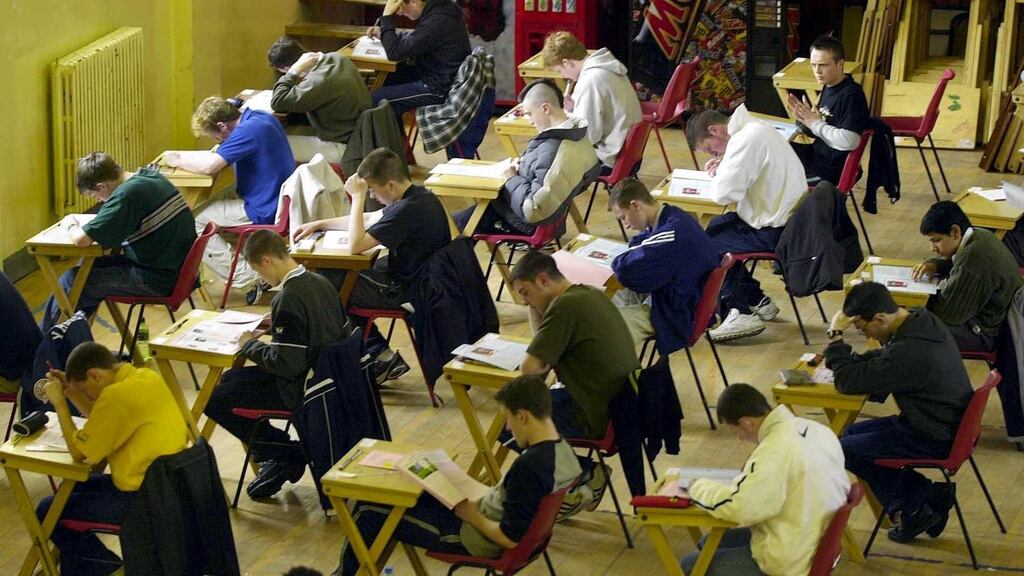Three colleges which have performed poorly in a new assessment process for the higher education sector face financial penalties running into hundreds of thousands of euro.
Galway-Mayo Institute of Technology, Dundalk Institute of Technology and the National College of Art and Design have been warned they risk losing €1 million in State funding unless they tackle deficiencies in a number of areas.
It is the first time higher education institutions have faced penalties for not meeting agreed targets.
A series of performance measures was drawn up in recent years between the Higher Education Authority (HEA) and the State's universities, institutes of technology and third-level colleges.
The decision to withhold funding from some will be controversial given that the three colleges which face penalties are in financially vulnerable positions as they struggle to cope with cuts in State funding and rising student numbers.
Officials at the HEA, however, say all three can avoid penalties by submitting plans on how they plan to address identified shortcomings.
Lack of strategy
Among the deficiencies highlighted on the part of the three institutions are missing agreed performance targets on issues such as research, student numbers, income generation and international focus.
In addition, some were found to lack a coherent strategy or priority goals and failed to demonstrate critical analysis and self-reflection.
Galway-Mayo Institute of Technology faces the largest potential sum of money to be withheld (€475,000), followed by Dundalk Institute of Technology (€320,000) and the National College of Art and Design (€214,000).
These sums equate to 2 per cent of their annual State funding, although the HEA is entitled to withhold up to 10 per cent of funding.
Financial viability
Officials said the 2 per cent figure was chosen to ensure sums were small enough not to risk the financial viability of institutions, but big enough to incentivise them to change their behaviour.
Under performance “compacts”, each college is required to set out its plans for the future and how it intends to differentiate itself from other higher education institutions.
The outcome of the HEA’s review into the performance of the higher education system is the culmination of two years of work. The outcomes relate to 2014, and future reviews will be published on an annual basis.
In general, the majority of institutions performed well. All of the State’s universities and 10 other colleges and institutes of technology demonstrated a high level of performance and a strong capacity to plan strategically and manage their affairs.
Six other institutions met the performance level expected, but had areas of weakness to address. They include Athlone Institute of Technology, Dublin Institute of Technology, IT Tralee, IT Blanchardstown, IT Tallaght and Letterkenny IT.
HEA officials said these findings were not a rankings system or a judgment on the quality of teaching and learning. But are intended to be a measure of whether they have met their agreed targets and how well they are positioned to adapt to a volatile education sector in the coming years.















